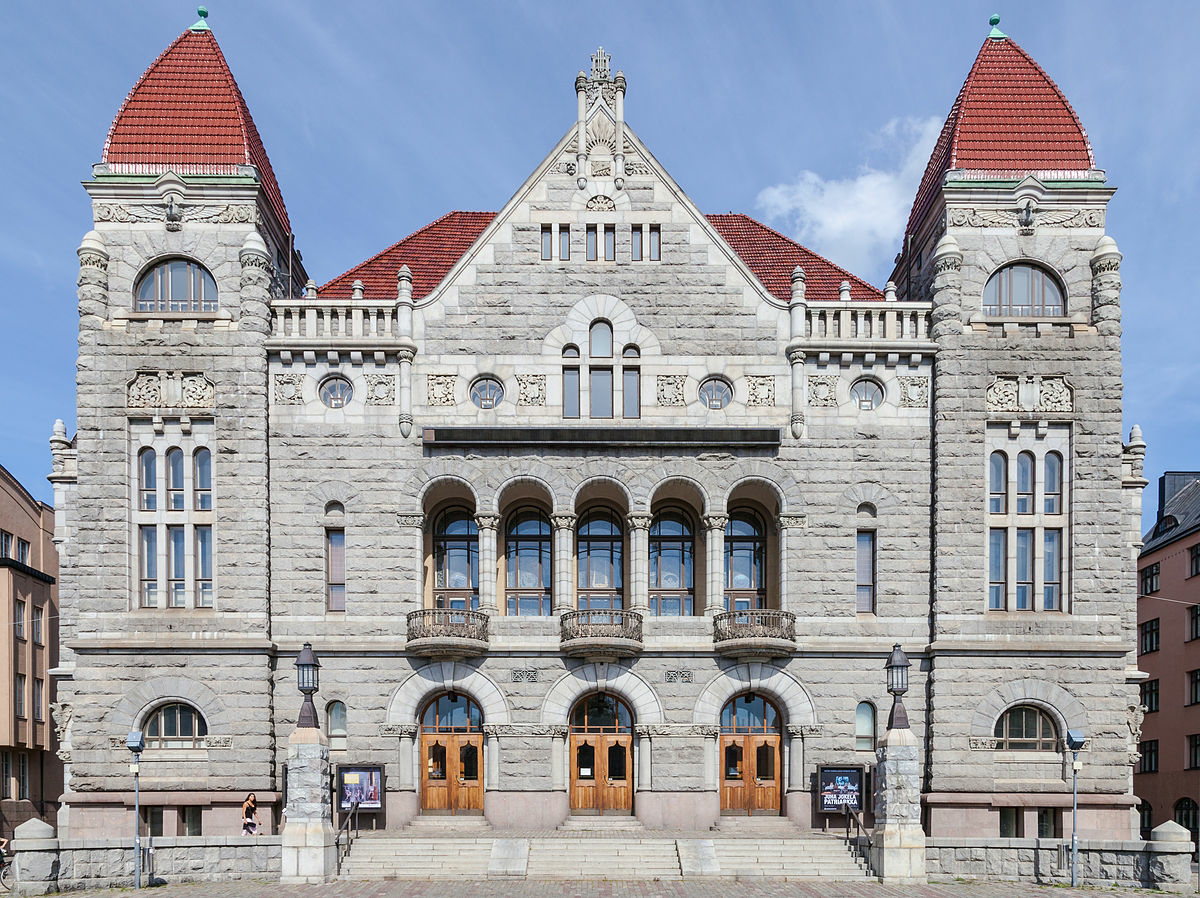EDITOR'S CORNER: A Piece of Ukraine Shared Between Russia and USA
This week was dominated by news of a leaked 28-point peace plan, drafted by U.S. and Russian officials—without Ukraine or European input. The plan reads like a wish list from the Kremlin and puts Ukraine in an undignified and impossible position. The U.S. is pressuring Zelenskyy to accept it, or face consequences.
Let’s take a closer look at this peace plan—and why it is utterly rubbish. The U.S. is showing less of a global leadership role and more of a greedy uncle, willing to side with criminals above all else.
THE SO CALLED "PEACE PLAN"
The leaked 28-point plan is a U.S.–Russia proposal to end the war. It keeps Ukraine’s sovereignty but adds strict military, political, and territorial rules. Ukraine would get security guarantees, but only if it limits its army to 600,000 troops, promises never to join NATO, hosts no NATO forces, and stays non-nuclear. Russia would promise not to attack Ukraine or Europe, and both sides would solve security issues through a new dialogue with the U.S. and NATO. A ceasefire would start once both armies pull back to agreed positions.
The plan focuses heavily on rebuilding Ukraine. About $100 billion in frozen Russian assets, plus the same amount from Europe, would pay for reconstruction. More frozen Russian money would support joint U.S.–Russia investment projects. Ukraine would get better access to European markets and new development funds. Russia would slowly return to global markets, have sanctions lifted step by step, and could rejoin the G8 if it follows the agreement.
The most debated parts involve territory. The U.S. would accept Russia’s control of Crimea and all of the Donbas region, including Donetsk and Luhansk. Front lines in Kherson and Zaporizhzhia would remain as they are. Ukraine would leave some additional areas to create a demilitarized zone that the world would treat as Russian territory. A Peace Council led by the U.S. president would make sure all sides follow the deal. Humanitarian steps like prisoner swaps, returning civilians and children, and family reunions would take place, along with early elections in Ukraine and full wartime amnesty for everyone involved.
The international reaction to this "peace plan" has been extremely critical and skeptical, to say the least! European leaders, especially in the EU, are fuming that they have not been consulted at all. They have pushed back strongly, arguing that any peace deal must include Ukraine and European partners at the negotiating table, not just the U.S. and Russia. Several diplomats and officials warn that the plan largely reflects long-standing demands from Putin and could amount to a capitulation by Kyiv.
The White House has been clear that it expects Ukraine to accept the deal. Officials warn that if Kyiv rejects it, the country could risk losing U.S. support, including military backing and access to critical intelligence.
MY OPINION




Comments
Post a Comment